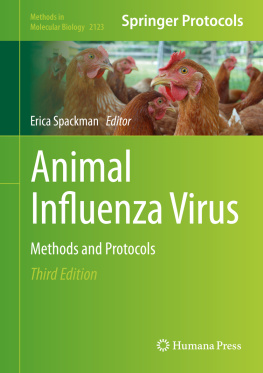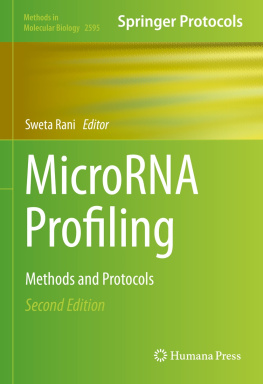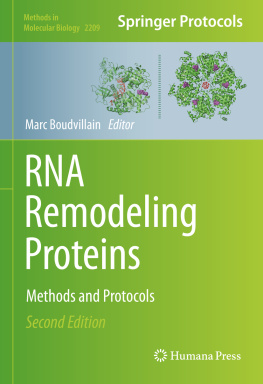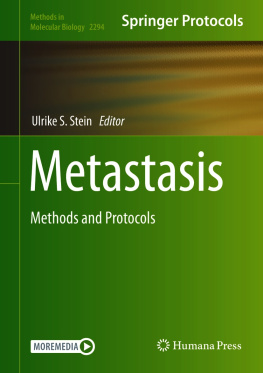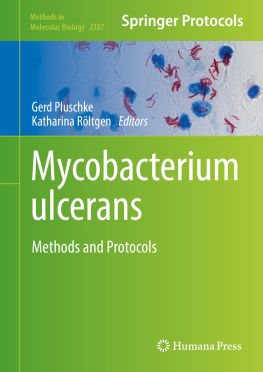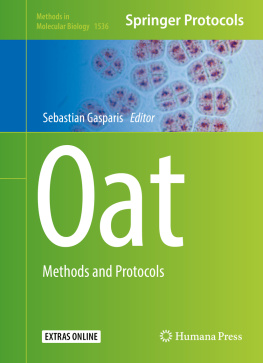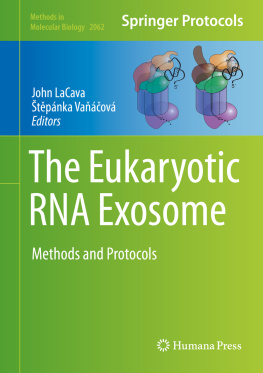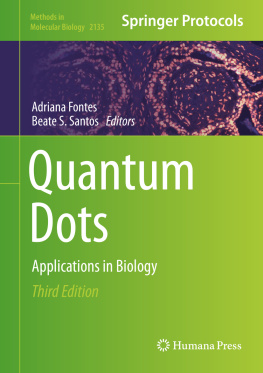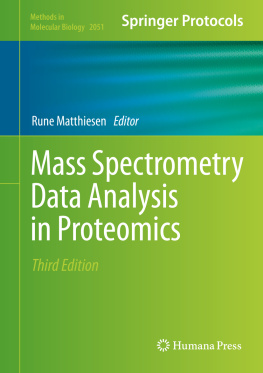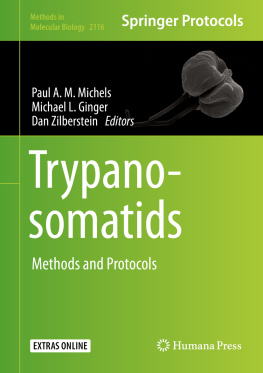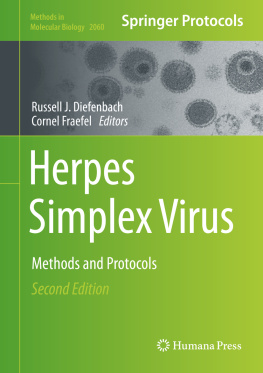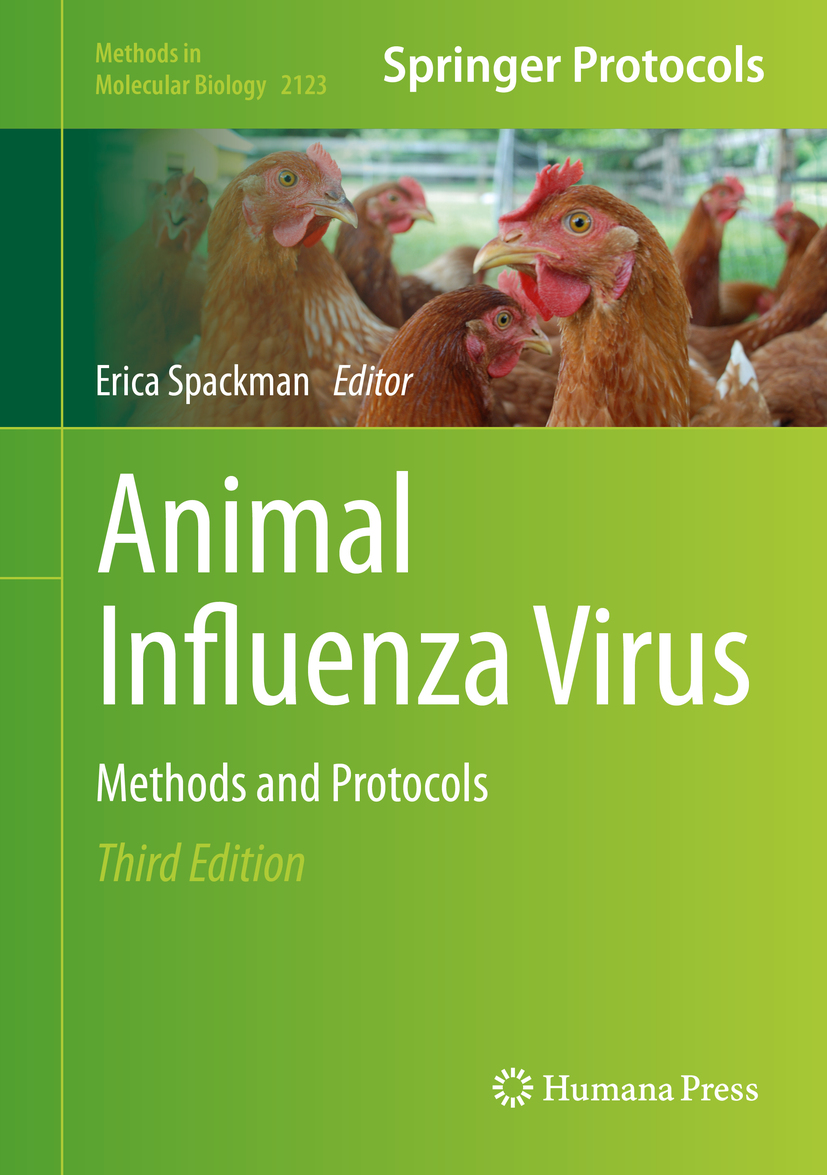Volume 2123
Methods in Molecular Biology
Series Editor
John M. Walker
School of Life and Medical Sciences, University of Hertfordshire, Hatfield, Hertfordshire, UK
For further volumes: http://www.springer.com/series/7651
For over 35 years, biological scientists have come to rely on the research protocols and methodologies in the critically acclaimedMethods in Molecular Biologyseries. The series was the first to introduce the step-by-step protocols approach that has become the standard in all biomedical protocol publishing. Each protocol is provided in readily-reproducible step-by-step fashion, opening with an introductory overview, a list of the materials and reagents needed to complete the experiment, and followed by a detailed procedure that is supported with a helpful notes section offering tips and tricks of the trade as well as troubleshooting advice. These hallmark features were introduced by series editor Dr. John Walker and constitute the key ingredient in each and every volume of theMethods in Molecular Biologyseries. Tested and trusted, comprehensive and reliable, all protocols from the series are indexed in PubMed.
Animal Influenza Virus
Methods and Protocols
3rd ed. 2020
Editor
Erica Spackman
Exotic and Emerging Avian Viral Diseases Unit, US National Poultry Research Center, US Department of Agriculture, Agricultural Research Service, Athens, GA, USA
ISSN 1064-3745 e-ISSN 1940-6029
Methods in Molecular Biology
ISBN 978-1-0716-0345-1 e-ISBN 978-1-0716-0346-8
https://doi.org/10.1007/978-1-0716-0346-8
This is a U.S. government work and not under copyright protection in the U.S.; foreign copyright protection may apply. 2020
This work is subject to copyright. All rights are reserved by the Publisher, whether the whole or part of the material is concerned, specifically the rights of translation, reprinting, reuse of illustrations, recitation, broadcasting, reproduction on microfilms or in any other physical way, and transmission or information storage and retrieval, electronic adaptation, computer software, or by similar or dissimilar methodology now known or hereafter developed.
The use of general descriptive names, registered names, trademarks, service marks, etc. in this publication does not imply, even in the absence of a specific statement, that such names are exempt from the relevant protective laws and regulations and therefore free for general use.
The publisher, the authors, and the editors are safe to assume that the advice and information in this book are believed to be true and accurate at the date of publication. Neither the publisher nor the authors or the editors give a warranty, expressed or implied, with respect to the material contained herein or for any errors or omissions that may have been made. The publisher remains neutral with regard to jurisdictional claims in published maps and institutional affiliations.
This Humana imprint is published by the registered company Springer Science+Business Media, LLC, part of Springer Nature.
The registered company address is: 1 New York Plaza, New York, NY 10004, U.S.A.
Preface
Influenza A viruses (IAV) have a very wide host range and are among the most clinically and economically important pathogens for humans, food animals, and companion animals. In animals, avian influenza and the neglected IAVs such as swine influenza and equine influenza likely have the greatest economic impact. In this edition, we are excited to add chapters on the very neglected IAVs in peridomestic mammals and sea mammals, which will help to complete the bigger picture of IAV ecology and epidemiology. Of course public health is always a concern with IAV. There is a critical intersection between public health and veterinary medicine with IAV (i.e., one health concept); it is not only anthropozoonotic (normally just called zoonotic) but also zooanthroponotic; humans can transmit IAV to animals.
Regardless of the public health implications, IAV is very important to poultry, swine, and equine health. Furthermore, when approaching work with animal influenza viruses it should be recognized that the needs and goals of animal agriculture and veterinary medicine are not always the same as those of public health. The roles of other mammals in AIV ecology have not been well defined, and several wild species such as peridomestic mammals and sea mammals are among those for which there is some data.
The aim of this book is to provide a compilation of the essential methods, such as virus detection, and to compile more advanced information that will guide the user in designing research, diagnostic, and surveillance programs. The reader will recognize that in some cases the same method is used for IAV in numerous species, for example samples collection and virus isolation. This may seem repetitive; however there are often minor, but crucial differences in achieving optimal performance with a procedure or assay depending on the species of origin. In contrast, there are some methods that are universal to IAV, e.g., hemagglutination assay or genome sequencing. Certainly, assays may be adapted to individual study needs with proper optimization or can simply be used as they are described. Today commercial kits are available for many procedures, which can save time with optimization, reagent preparation, and quality assurance if the resources are available to buy kits.
Most importantly, compiling these methods into a book would not have been possible without the contributions of the authors. The contributors are experts in their fields; therefore their direct knowledge of the subject matter is an invaluable resource. I gratefully acknowledge each of them for taking time from their busy schedules to contribute to this book. I would also like to thank the editorial team at Springer, especially John Walker, MIMB series editor, and Patrick Marton, Senior Editor, for all their time and help with completing this book.
Erica Spackman
Athens, GA, USA
Contents
Part I General
Mary Lea Killian
Erica Spackman and Ioannis Sitaras
Mary J. Pantin-Jackwood
Daniel R. Perez , Brittany Seibert , Lucas Ferreri , Chang-Won Lee and Daniela Rajao
Ioannis Sitaras
Dong-Hun Lee
Part II Avian Influenza
Erica Spackman
Rebecca L. Poulson and Justin D. Brown
Mary Lea Killian
Erica Spackman and Scott A. Lee
Erica Spackman
Erica Spackman and Mary Lea Killian
Terra A. Jenson
Erica Spackman and Mary Lea Killian
Carol J. Cardona , David A. Halvorson , Jeffrey Hall , Mary J. Pantin-Jackwood and Justin D. Brown
David E. Swayne
Darrell R. Kapczynski and Karen Segovia
Part III Swine Influenza
Amy L. Vincent , Tavis K. Anderson and Kelly M. Lager
Marie Culhane , Jorge Garrido-Mantilla and Montserrat Torremorell
Jianqiang Zhang and Phillip C. Gauger
Jianqiang Zhang and Karen M. Harmon
Phillip C. Gauger and Amy L. Vincent
Phillip C. Gauger and Amy L. Vincent

